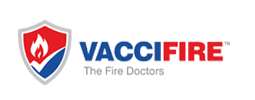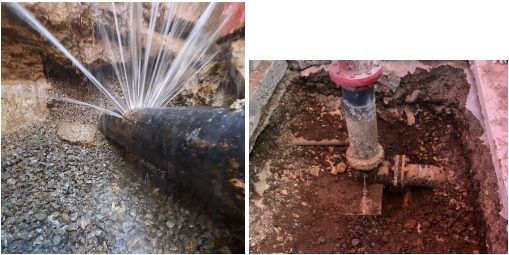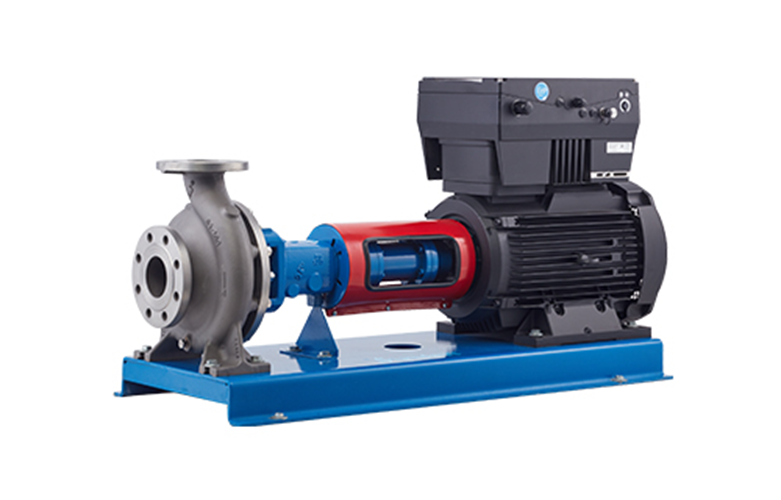The recent fire incident at the Monte South building in Byculla, Mumbai, serves as a stark reminder of the perils associated with inadequate fire safety measures, especially during renovation projects. Monte South, a prestigious high-rise residential complex, experienced a fire outbreak in one of its flats undergoing renovation. The blaze, originating from the renovation site, Read More
Introduction Many apartment buildings and industries that have stood for over 8-10 years are grappling with a persistent issue – underground fire pipe leaks. These leaks occur due to accelerated corrosion caused by soil and moisture surrounding the steel pipes. Not only do these leaks result in the wastage of a precious resource, but they Read More
In the realm of fire safety within high-rise buildings, the significance of maintaining unobstructed lift lobbies and staircases cannot be overstated. The National Building Code of India (NBC) 2016, a comprehensive set of guidelines aimed at ensuring the safety and sustainability of structures, emphasizes the criticality of this aspect. The potential risks and dire consequences Read More
Fire fighting systems are crucial for safeguarding lives and property in case of emergencies. One of the key components of these systems is the pump, which plays a pivotal role in delivering water with sufficient pressure to combat fires effectively. This article discusses two primary types of pumps commonly used in fire fighting systems: Centrifugal Read More
Introduction The structural integrity of a building derives from the unbroken continuity of its beams and columns. Any break or puncture in these critical components can compromise the strength of the entire structure, sometimes leading to catastrophic consequences. Similarly, the fire safety of a building is significantly compromised when the continuity of floor slabs or Read More
In our previous blog post, we introduced you to the concept of Automatic Tube Cleaning Systems (ATCS) and their importance in various industries. In this article, we will delve deeper into how these systems actually work to improve operational efficiency and save on maintenance costs. Automatic Tube Cleaning Systems (ATCS) employ a proactive and automated Read More
Ensuring the safety of your property is paramount, and complying with fire safety regulations is a critical aspect of this responsibility. The Municipal Corporation of Greater Mumbai (MCGM) has streamlined the process of submitting FIRE Form B online through its portal, making it easier for property owners and occupiers to fulfill their fire safety compliance Read More
Introduction Sanatan Textiles, based in Silvassa, commissioned their chiller model SS80ACUCH /01 in February 2012. The chiller performed trouble-free for 5 years till 2017. It faced a significant challenge in 2017 when an external practical issue caused the evaporator tube to fail, resulting in the loss of 500 kgs of lithium bromide. After replenishing the Read More
Introduction In today’s competitive business landscape, optimizing operational efficiency and reducing downtime is crucial for any organization. Elixir TFM, with its extensive team of 500+ engineers, technicians, and operators, offers unparalleled expertise in the physical plant operations of chillers, boilers, air compressors, nitrogen plants, ETP, and other mission-critical industrial utility equipment. By providing expedited access Read More
Introduction The success story of the Elixir site highlights the impressive achievements in prioritizing safety and maintaining superior quality control. Through dedicated efforts, continuous improvement, and a commitment to excellence, Elixir has not only earned the satisfaction of its clients but also gained a strong reputation in the industry. This success was the result of Read More










